🗓️ Unit 10
Social Psychology
PSYC 181 – Intro to Psych
August 6, 2024
What you will learn
![]()
Learning Objectives
- Define social psychology
- Describe the fundamental attribution error and explain the role of situational and dispositional attributions
- Define and describe different types of social influence
- Identify major theories of anti-social and pro-social behavior
Social Psychology How does the presence of other people influence the behavior of individuals, dyads, and groups?
Intrapersonal topics
- emotions and attitudes, the self, and social cognition
Interpersonal topics
- helping behavior, aggression, prejudice and discrimination, attraction, relationships, group processes and intergroup relationships
Situationism the view that our behavior and actions are determined by our immediate environment and surroundings

Dispositionism the view that our behavior is determined by internal factors (i.e., personality traits and temperament)
Fundamental attribution error tendency to overemphasize internal factors as explanations/attributions for the behavior of other people and underestimate the power of the situation
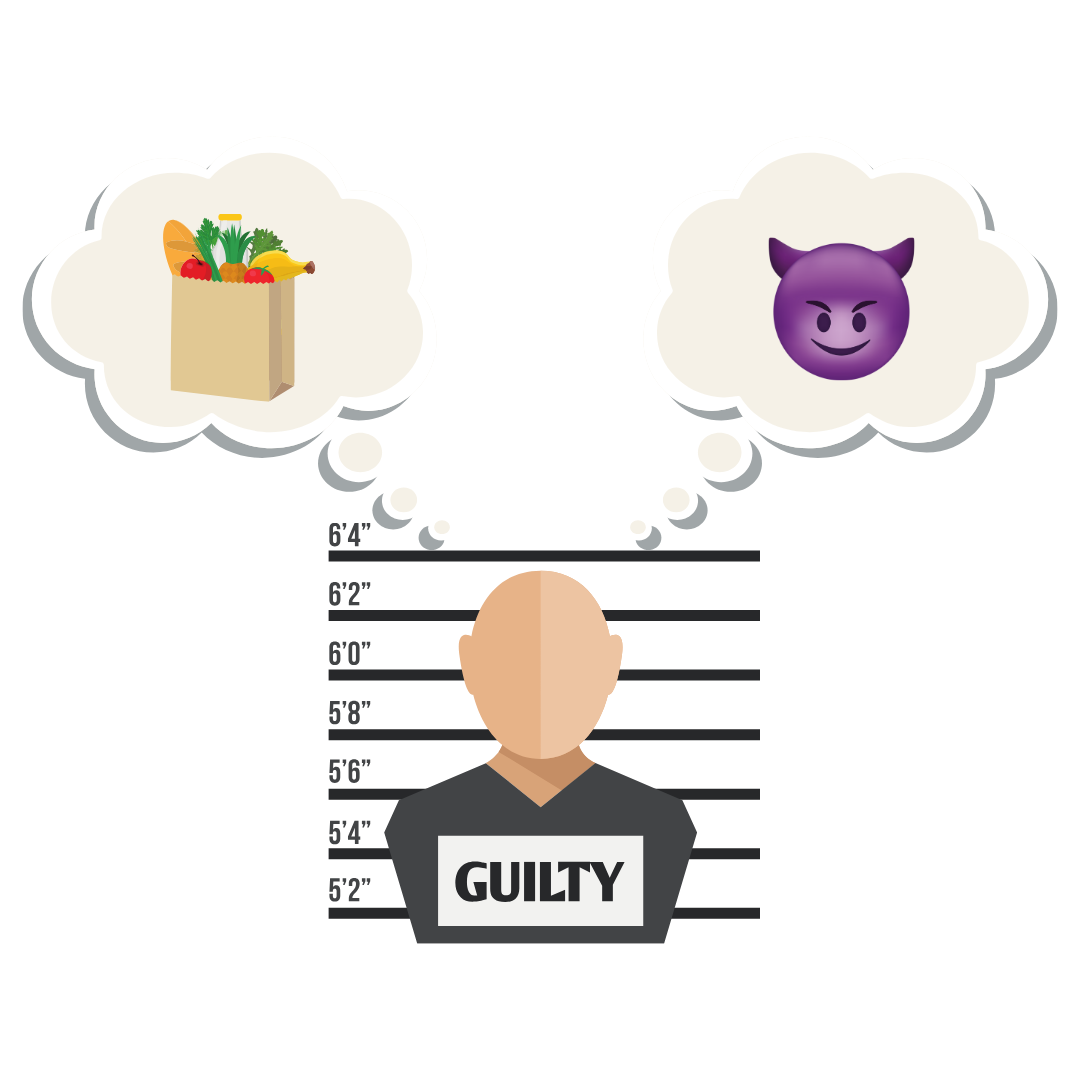
Quizmaster Study

1Design
- Participants were randomly assigned to play the role of either the questioner or participant
2method
Questioners developed difficult questions to which they knew the answers
Participants answered questions correctly 4/10 times
3Results:
- Participants disregarded influence of situation and concluded questioner’s knowledge was greater
Actor-observer bias phenomenon of explaining other people’s behaviors as due to internal factors and our own behaviors as due to situational factors


Self-serving bias tendency of an individual to take credit by making dispositional or internal attributions for positive outcomes but situational or external attributions for negative outcomes
Roesch & Amirkham (1997)
Models of attributions
1 Locus of control
- internal vs external
2 Stability
- the extent to which the circumstances are changeable
3 Controllability
- the extent to which the
circumstances can be controlled
Just-world hypothesis belief that people get the outcomes they deserve

Social role pattern of behavior that is expected of a person in a given setting or group
We each have several social roles
Defined by culturally shared knowledge
Behavior related to social roles varies across situations
SOCIAL NORMS & SCRIPTS
Social norm a group’s expectation of what is appropriate and acceptable behavior for its members
Script a person’s knowledge about the sequence of events expected in a specific setting
- Scripts vary between cultures
- often guide behavior
The Stanford Prison Experiment
Attitude our evaluation of a person, an idea, or an object
ATTITUDE
Affective
- feelings
Behavioral
- effect of the attitude on behavior
Cognitive
- belief and knowledge
Cognitive dissonance psychological discomfort arising from holding two or more inconsistent attitudes, behaviors, or cognitions
Response to Conflicting Beliefs
Cognitive Dissonance
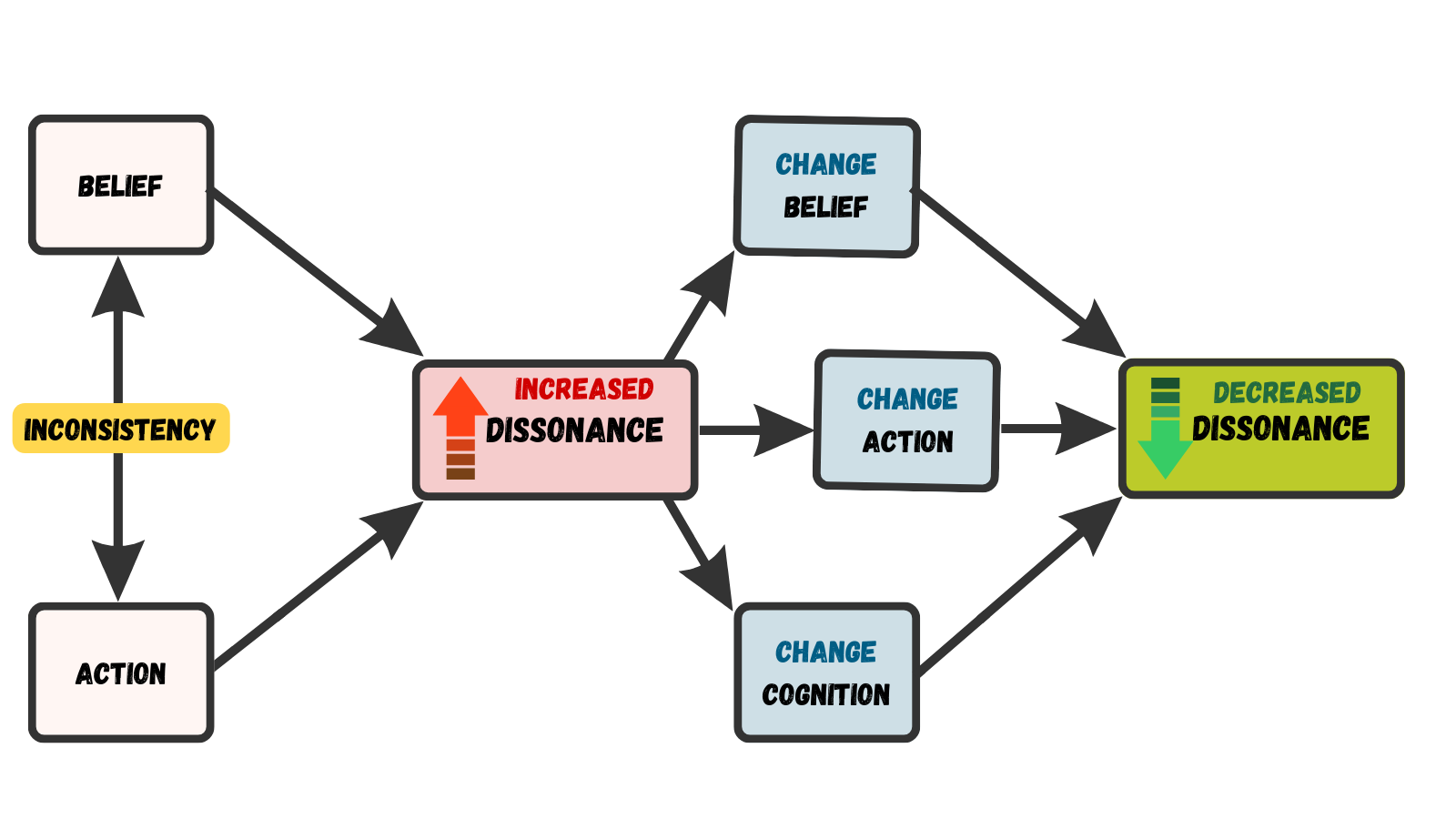
Can reduce dissonance by:
1 Change their behavior
2 Change their belief through rationalization or denial
3 Add a new cognition
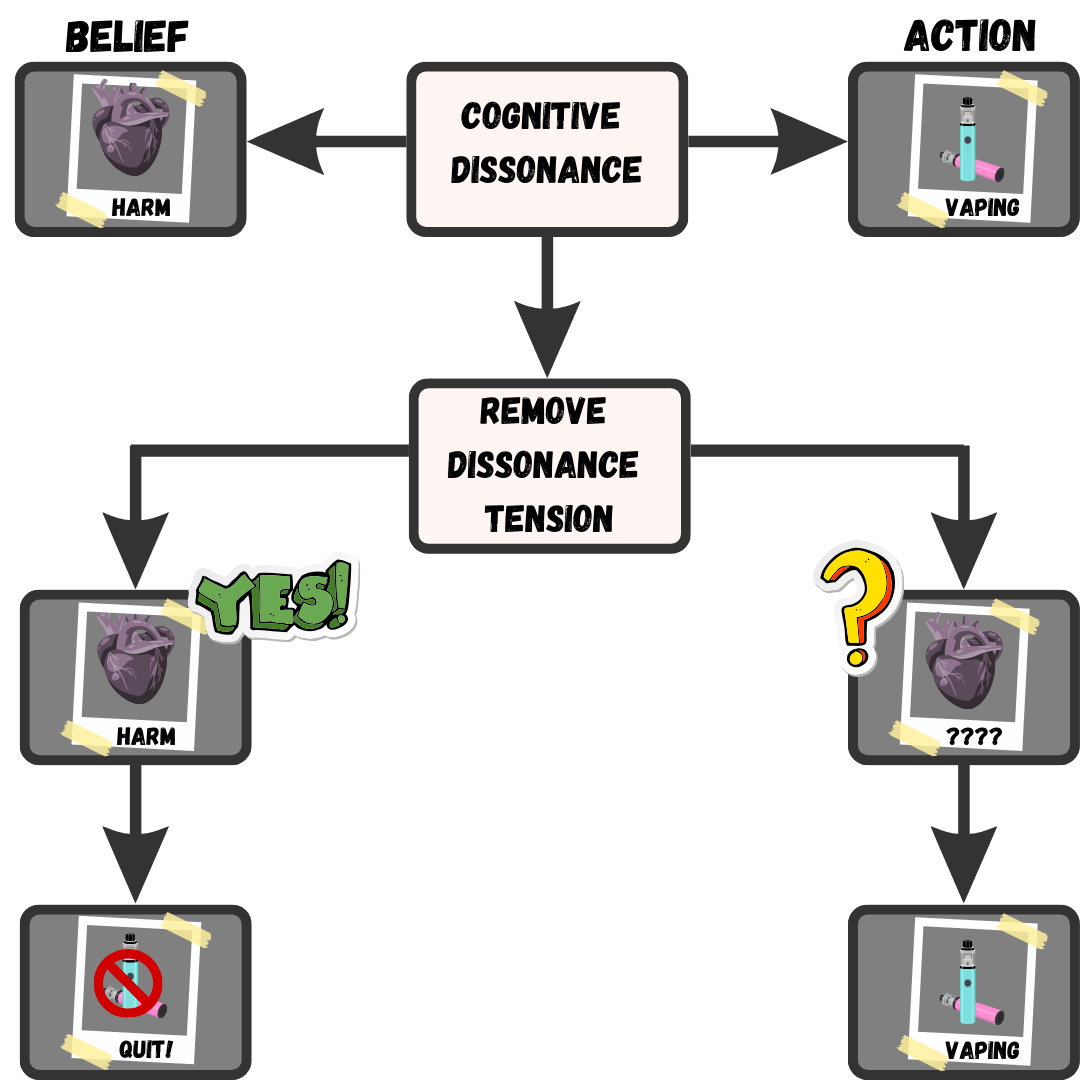
Justification of effort has a distinct effect on a person liking a group
THE EFFECT OF INITIATION
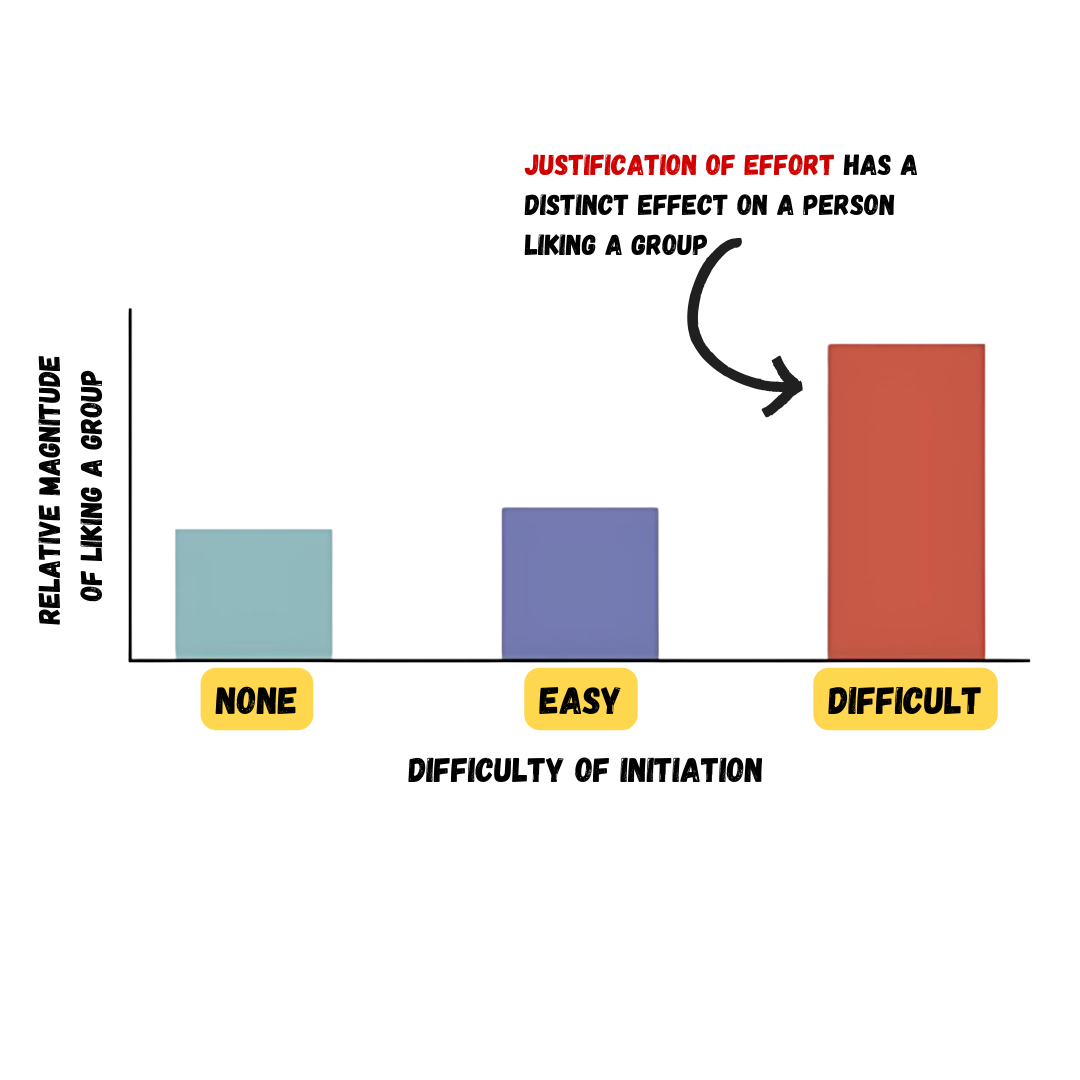
Aronson & Mills (1959)
Persuasion process of changing our attitudes toward something based on some kind of communication
Principles of Persuasion
ELABORATION LIKELIHOOD MODEL
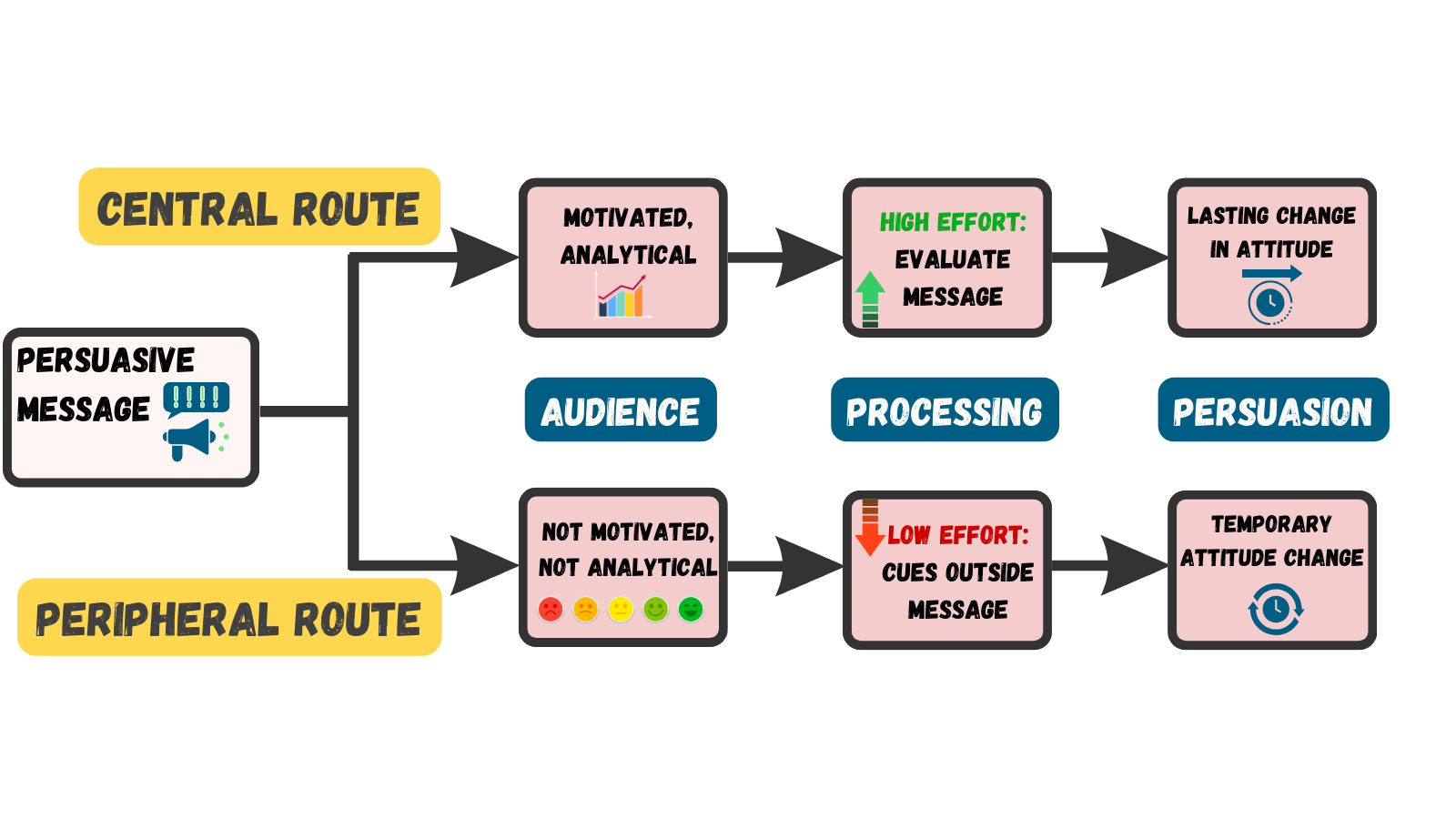
PETTY & CACIOPPO (1986)




Foot-in-the-door technique persuader gets a person to agree to a small favor, only to later request a larger favor

Conformity
Conformity the change in a person’s behavior to go along with the group, even if he does not agree with the group
CONFORMITY Experiment
Asch’s Experiment:

1Design
- One naive subject, others were confederates
2method
- Confederates purposely gave the wrong answer
3Results:
- 76% of participants conformed to group pressure at least once by also indicating the incorrect line
Factors more likely to conform
size of the majority
presence of another dissenter
public or private nature of the responses
MOTIVATION TO CONFORM
Normative social influence
- people conform to fit in, to feel good, and to be accepted by the group
Informational social influence
- people conform because believe the group is competent and has the correct information
- particularly when the task or situation is ambiguous
OBEDIENCE to Authority
Obedience the change of an individual’s behavior to comply with a demand by an authority figure
The Milgram Experiment
The Milgram Experiment
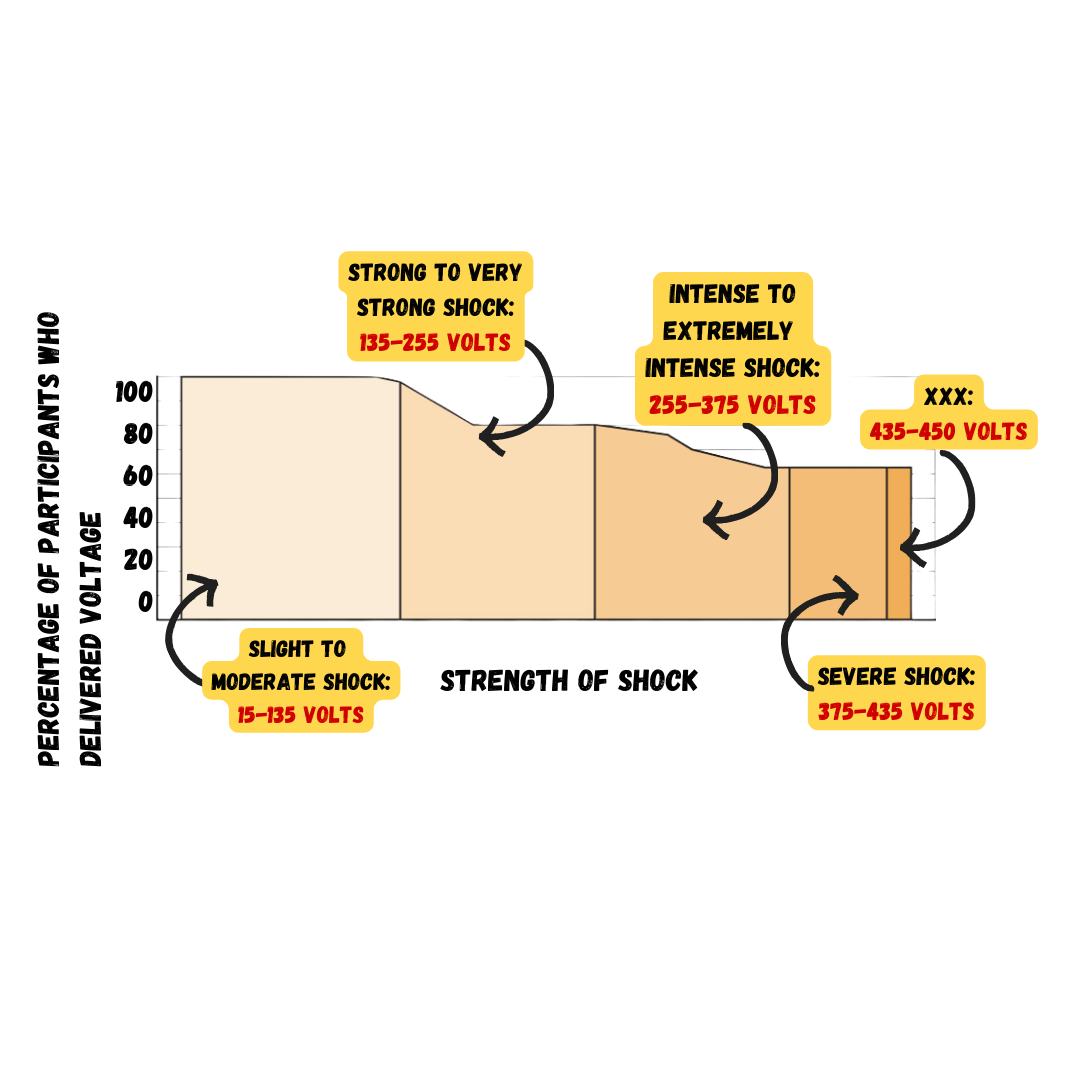
1Method
- Participants told to shock “learners” (confederate) for giving a wrong answer to test items
1Results
- Two out of three (65%) participants continued to administer shocks to an unresponsive learner
GROUPTHINK & GROUP POLARIZATION

Groupthink the modification of the opinions of members of a group to align with what they believe is the group consensus
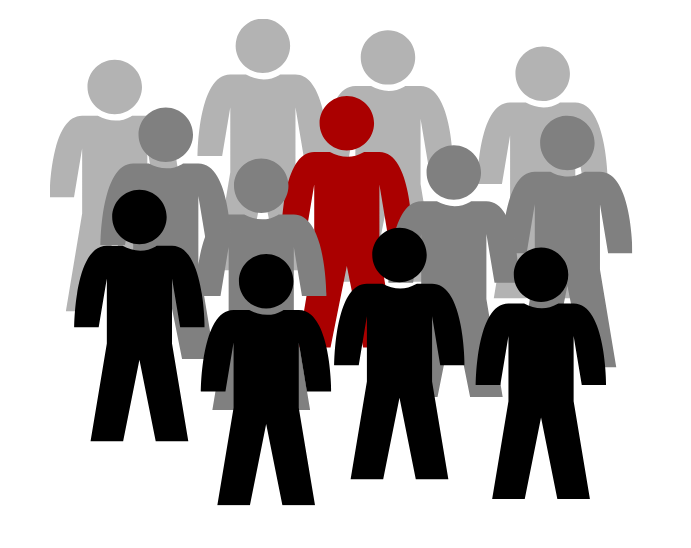
Group Polarization the strengthening of an original group attitude after the discussion of views within a group
SOCIAL FACILITATION & SOCIAL LOAFING
 .
.
Social Facilitation occurs when an individual performs better when an audience is watching than when the individual performs the behavior alone
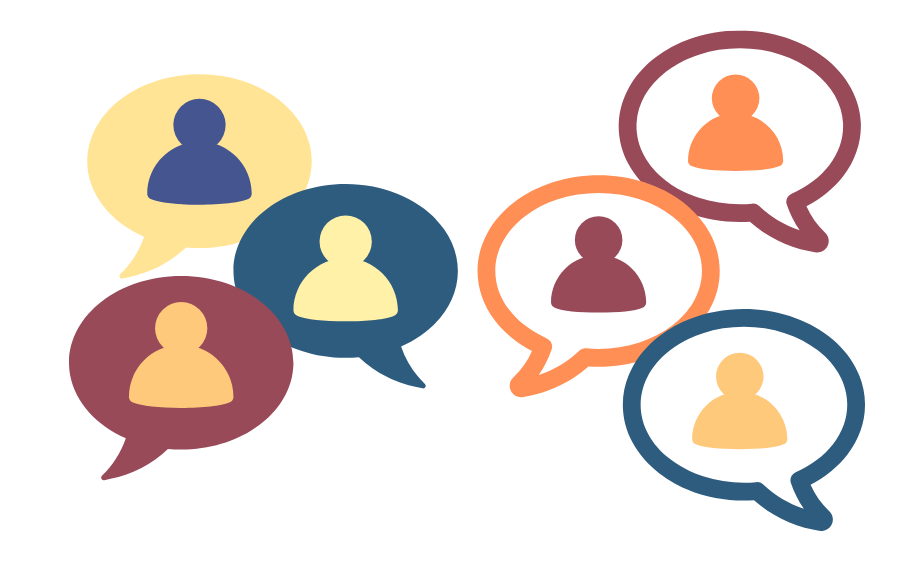
Social Loafing the exertion of less effort by a person working together with a group
PREJUDICE & DISCRIMINATION
Stereotype a specific belief or assumption about individuals based solely on their membership in a group
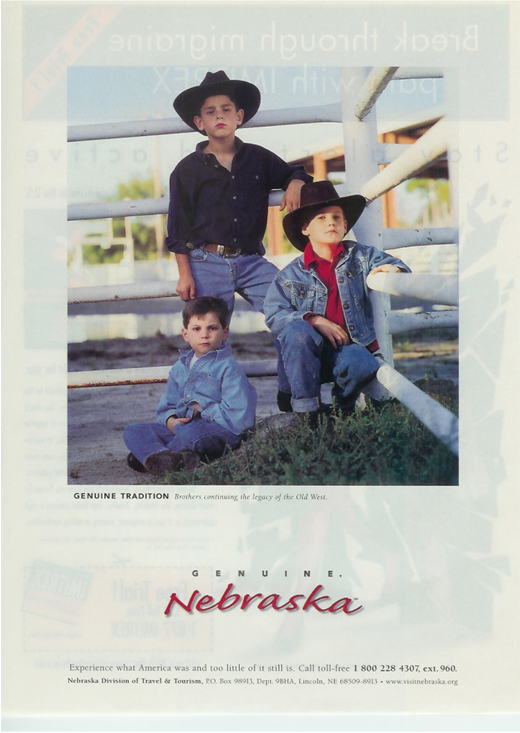

Stereotypes
Prejudice a negative attitude and feeling toward an individual based solely on one’s membership in a particular social group
Discrimination a negative action toward an individual as a result of one’s membership in a particular group
TYPES OF PREJUDICE & DISCRIMINATION
- Racism
- Ageism
- Homophobia
- Transphobia
- Sexism
Self-fulfilling Prophecy an expectation held by a person that alters his or her behavior in a way that tends to make it true
Learned helplessness
Confirmation bias tendency to seek out information that supports our stereotypes and ignore information that is inconsistent with our stereotypes
IN-GROUPS & OUT-GROUPS
In-groups a group that we identify with or see ourselves as belonging to
In-group bias prejudice and discrimination because the out-group is perceived as different and is less preferred than our in-group
Out-groups a group that we view as fundamentally different from us
Anti-social and Pro-social behavior
Aggression seeking to cause harm or pain to another person
- Hostile
- Instrumental
Frustration Aggression Theory when humans are prevented from achieving
an important goal ➜ become frustrated and aggressive
Evolutionary theory aggression serves an evolutionary function
Why are we violent?
BULLYING
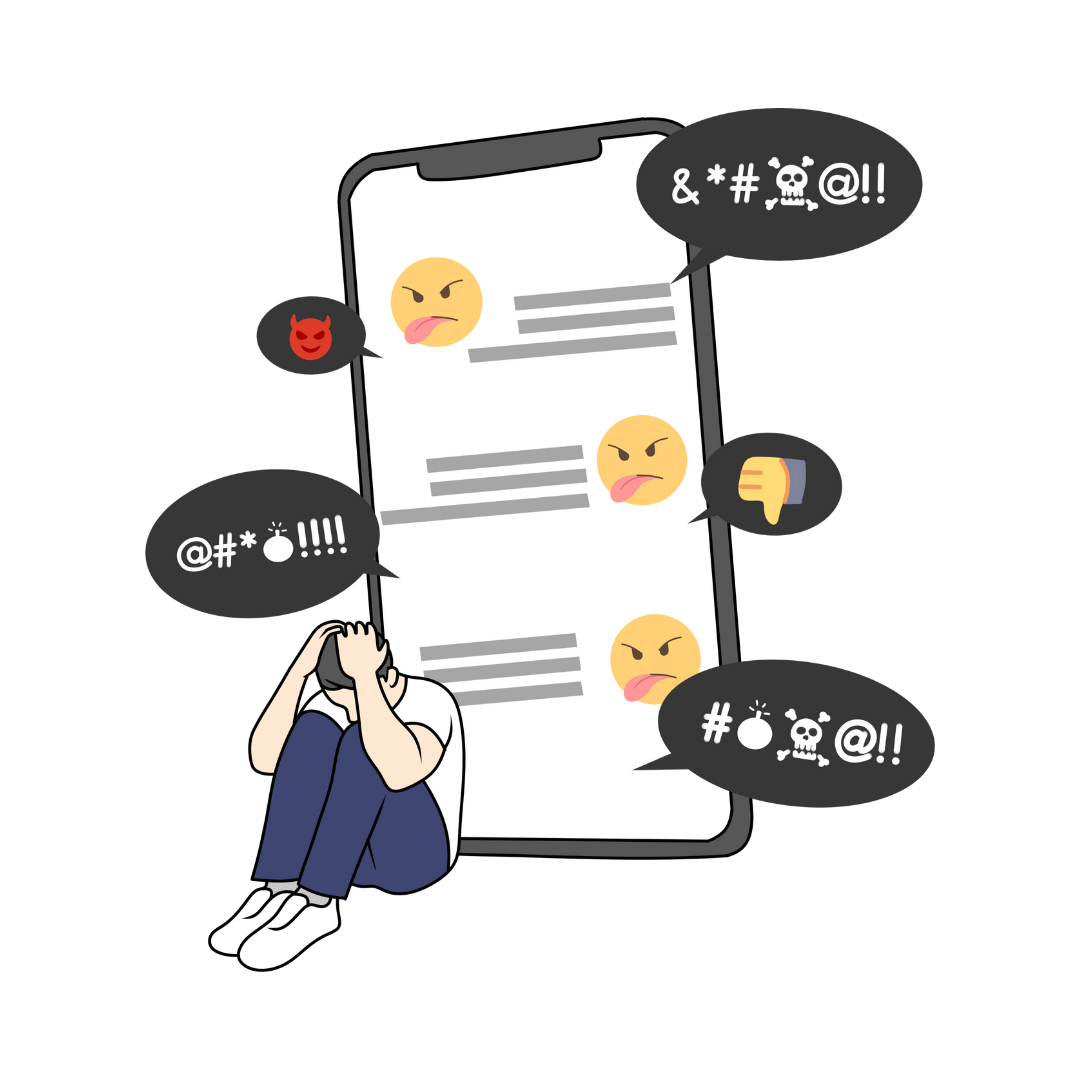
Bullying repeated negative treatment of another person over time
Cyberbullying repeated behavior that is intended to cause psychological or emotional harm to another person
Moral Disengagement
THE BYSTANDER EFFECT
Bystander Effect phenomenon in which a witness or bystander does not volunteer to help a victim or person in distress
Diffusion of responsibility tendency for no one in a group to help because the responsibility to help is spread throughout the group
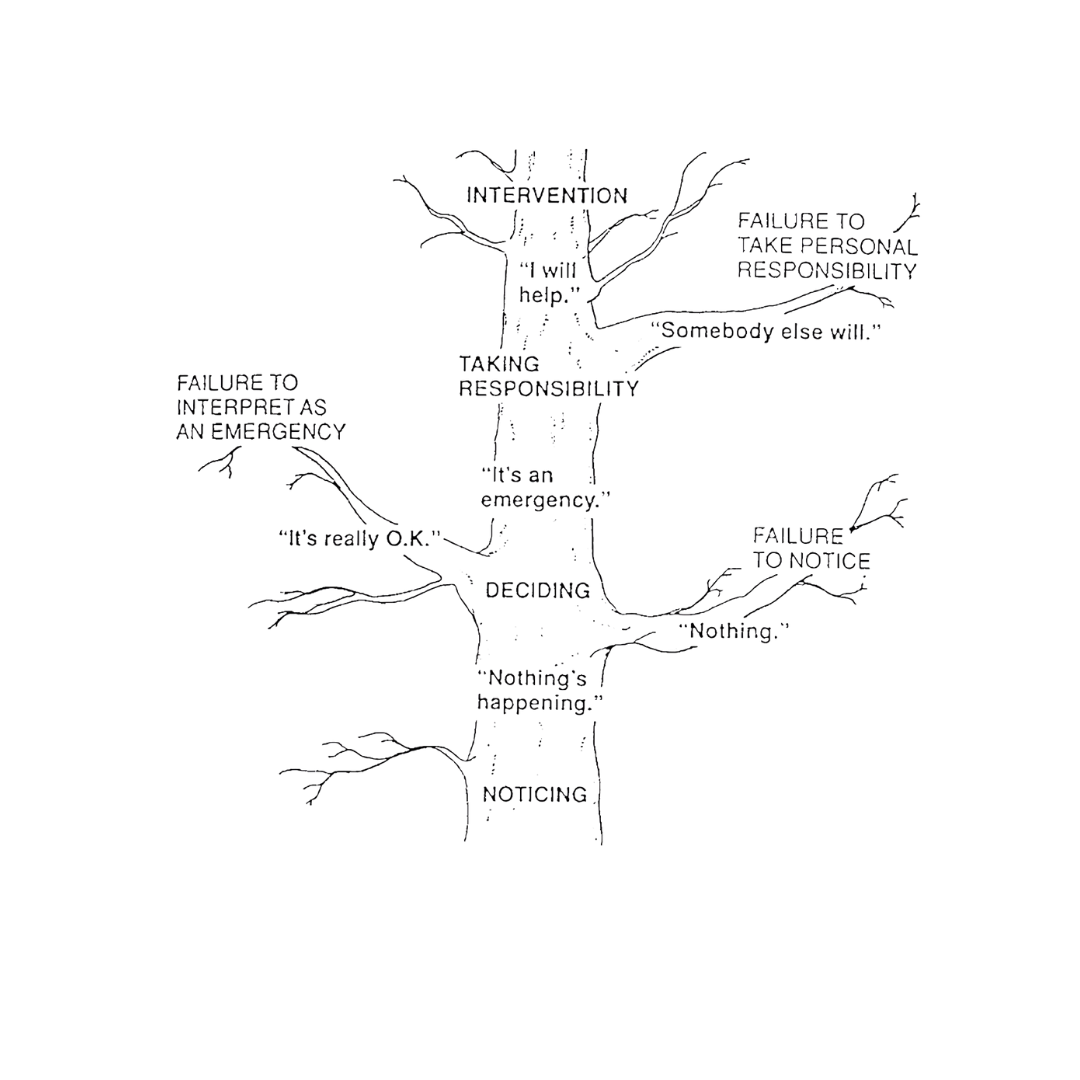
Darley & Latane (1968)
PROSOCIAL BEHAVIOR
Prosocial behavior voluntary behavior with the intent to help other people
Theories on Motivations to Help
Empathy capacity to understand
another person’s perspective
and emotions
Altruism people’s desire to help others
even if the costs outweigh the benefits of helping
self-serving helping behavior occurs
when egos are involved
and we receive personal benefits
Relationships
FORMING RELATIONSHIPS
What influences who we form platonic and romantic relationships with?
proximity people with whom you have
the most contact
similarity people who are similar to us
in background, attitude, and lifestyle
homophily tendency for people to
form social networks with similar others
Important components
reciprocity the give and take in relationships
- We contribute to relationships,
but expect to receive
benefits in return
Self-disclosure the sharing of personal information
- Leads to more intimate connections
ATTRACTION
What features of a person do we find attractive?
Matching Hypothesis people tend to pick someone they view as their equal in physical attractiveness and social desirability
STERNBERG’S TRIANGULAR THEORY OF LOVE
Intimacy sharing details & intimate thoughts and emotions
Passion physical attraction
Commitment standing by the person
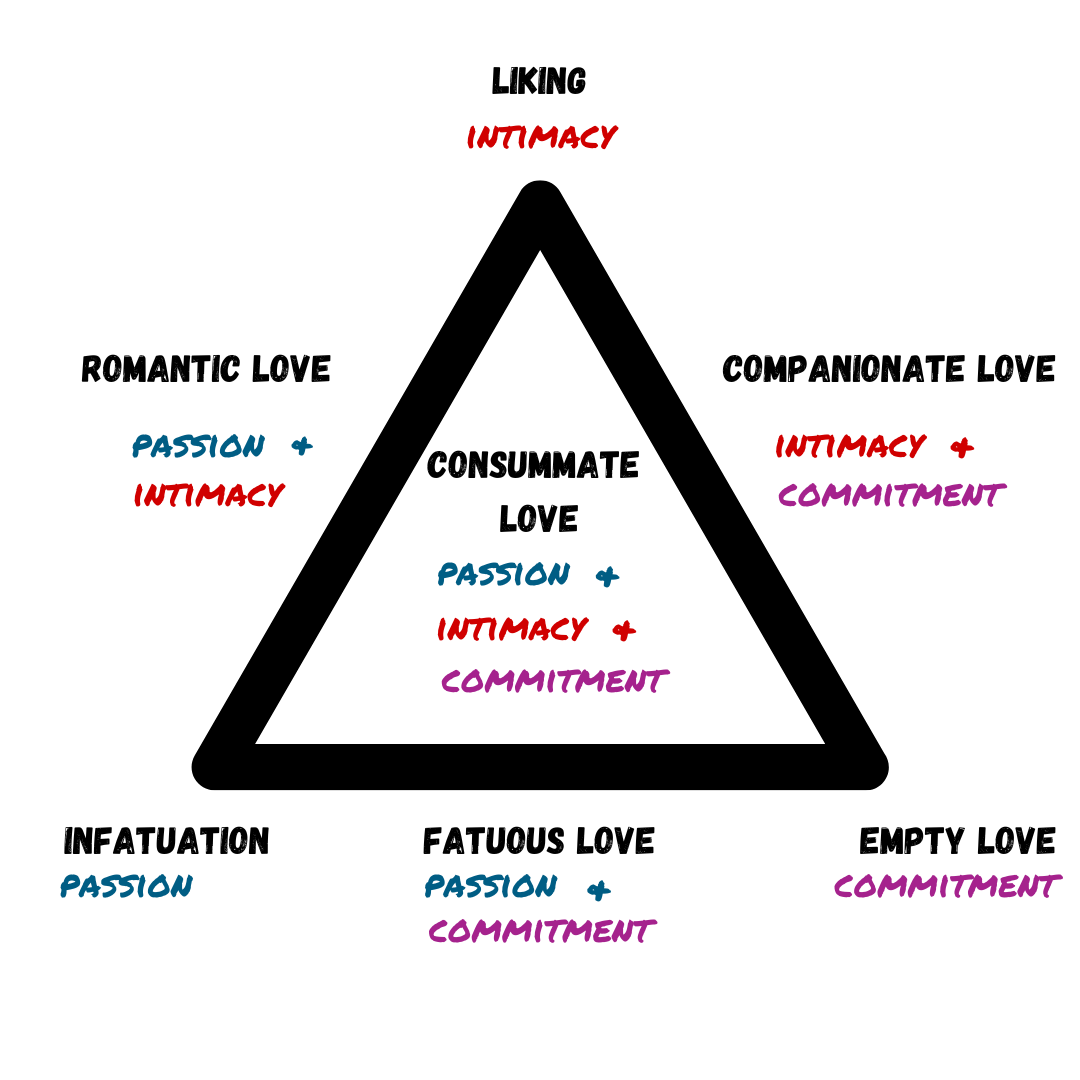
Social exchange theory idea that people keep track of the costs and benefits of forming and maintaining relationships
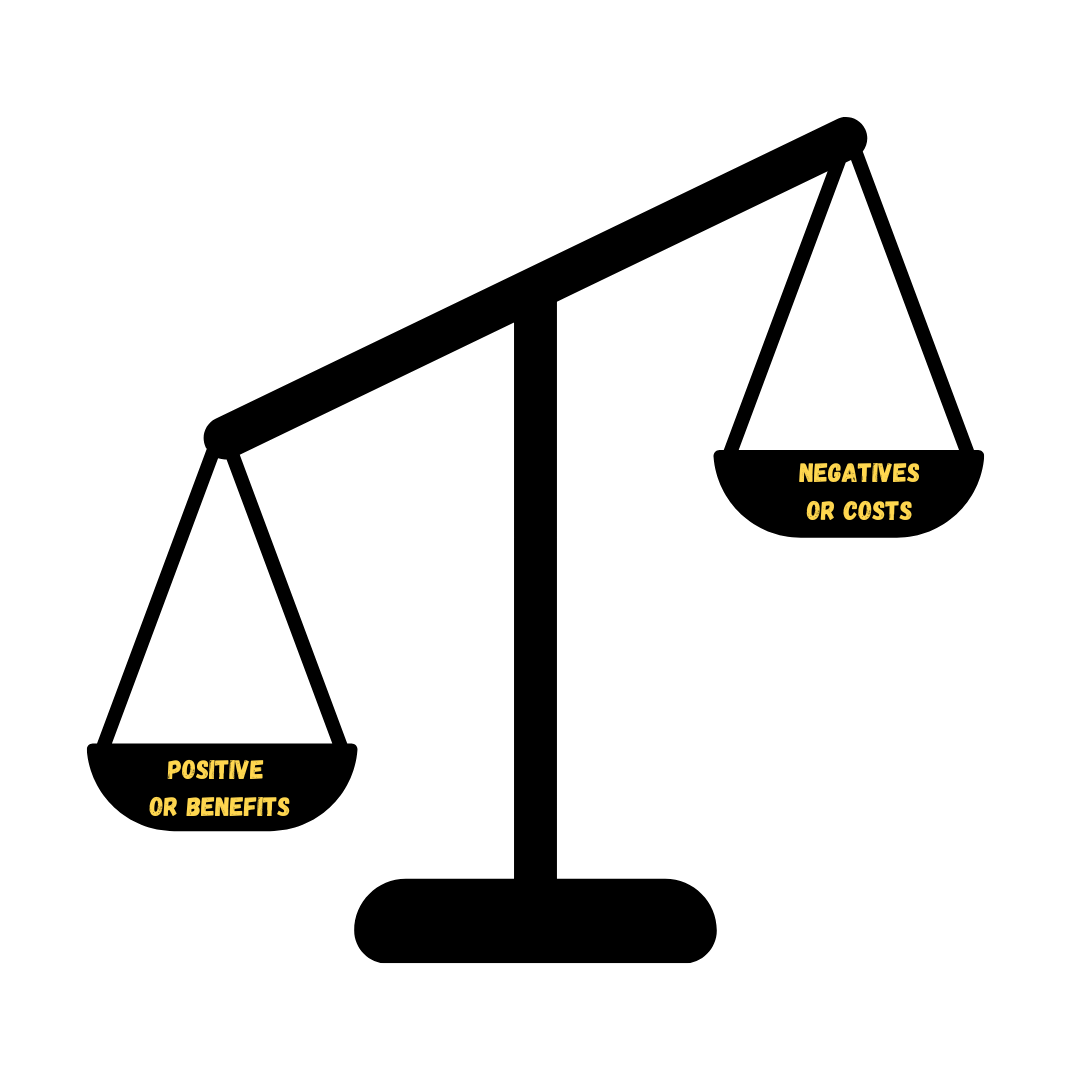
Risbult & Van Lange (2003)
SOCIAL PSYCHOLOGY